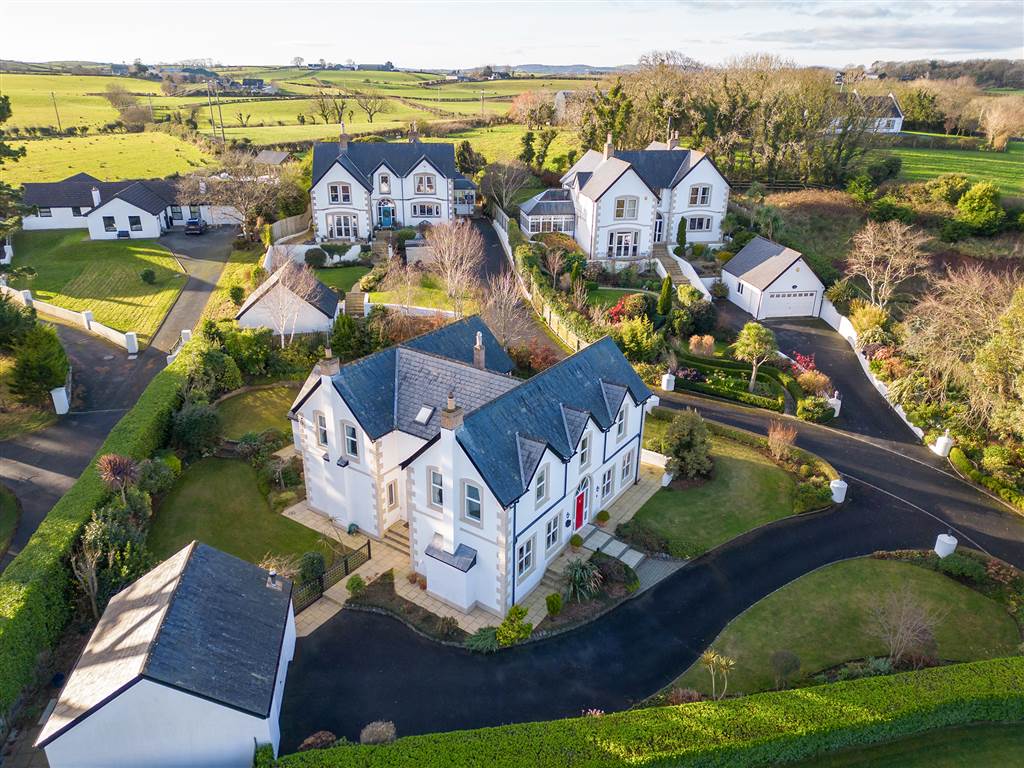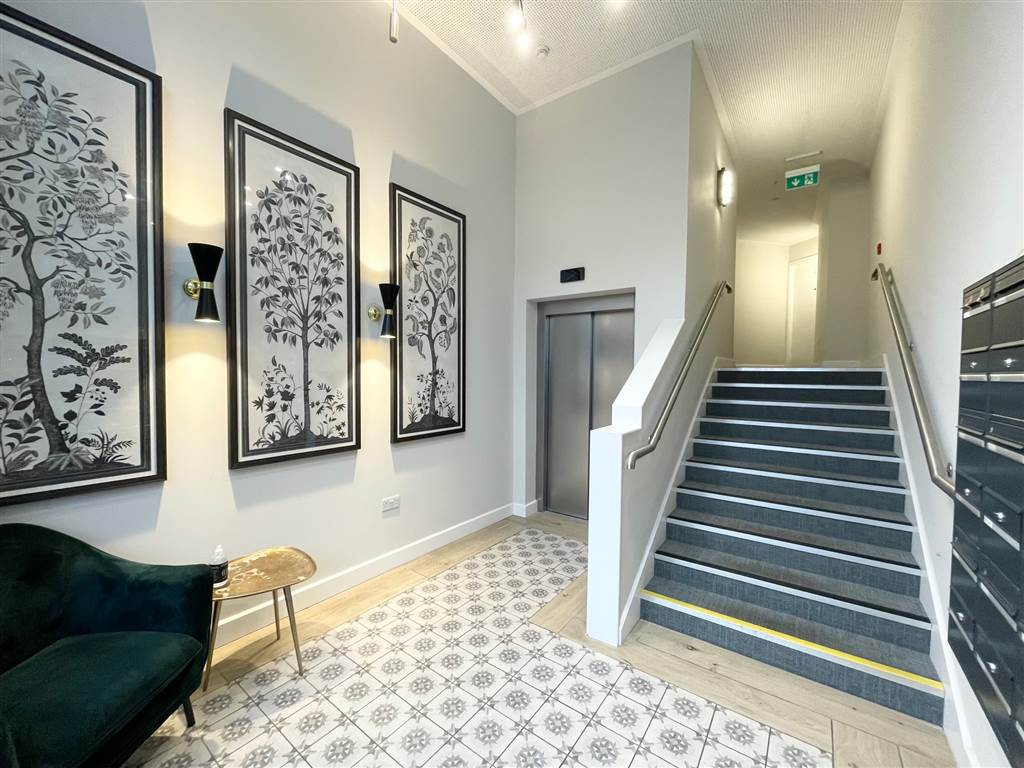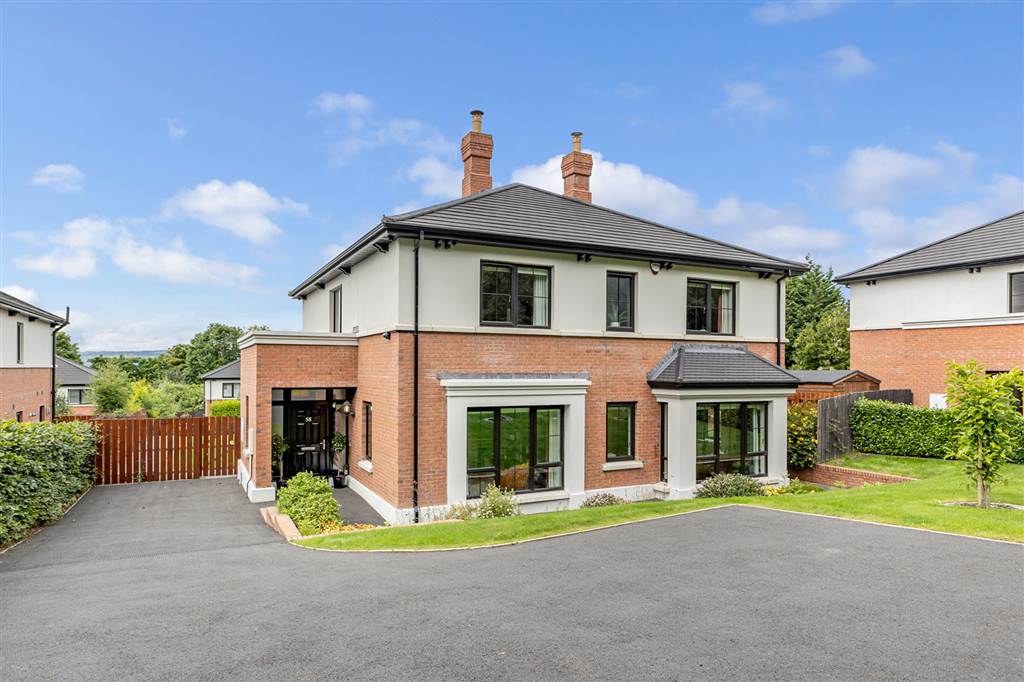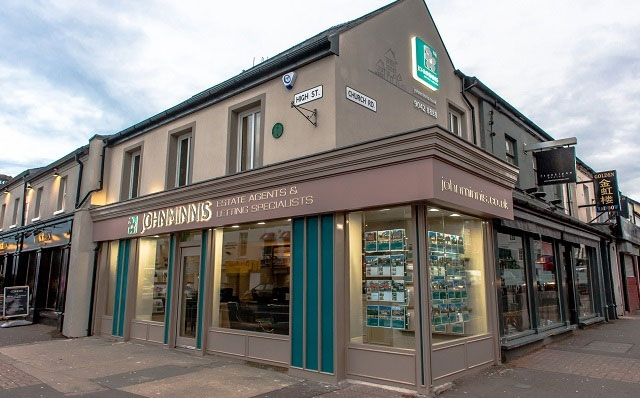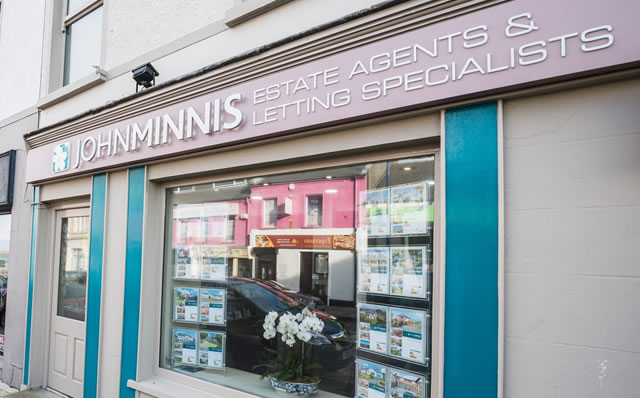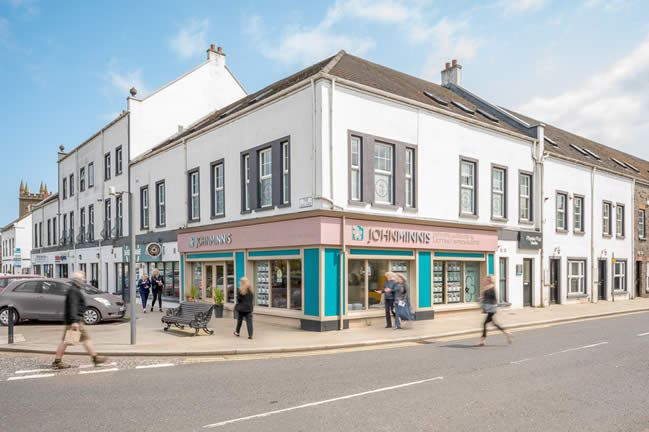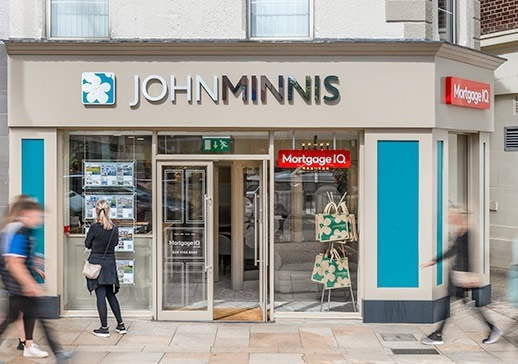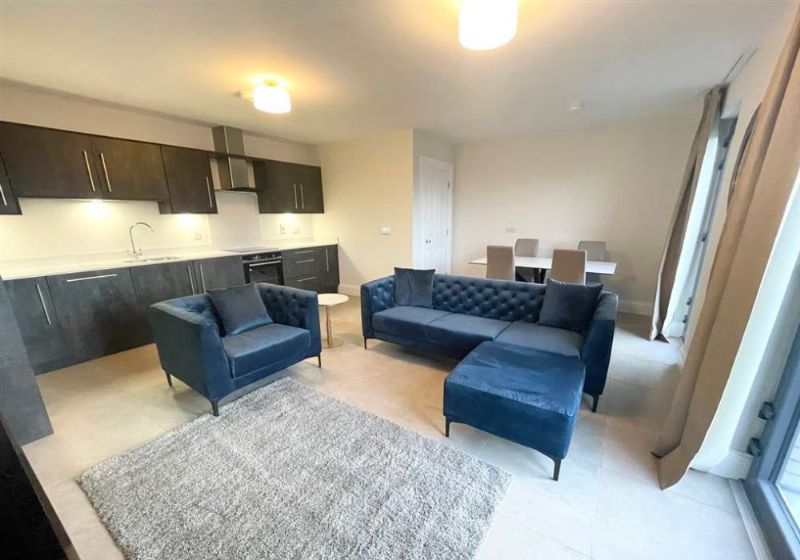But when it comes to the time to try and sell your house, could your house design actually be holding back interest from prospective buyers?
In this article, we will look at the common design pitfalls to avoid or rectify to improve your chances of a swift and successful sale.
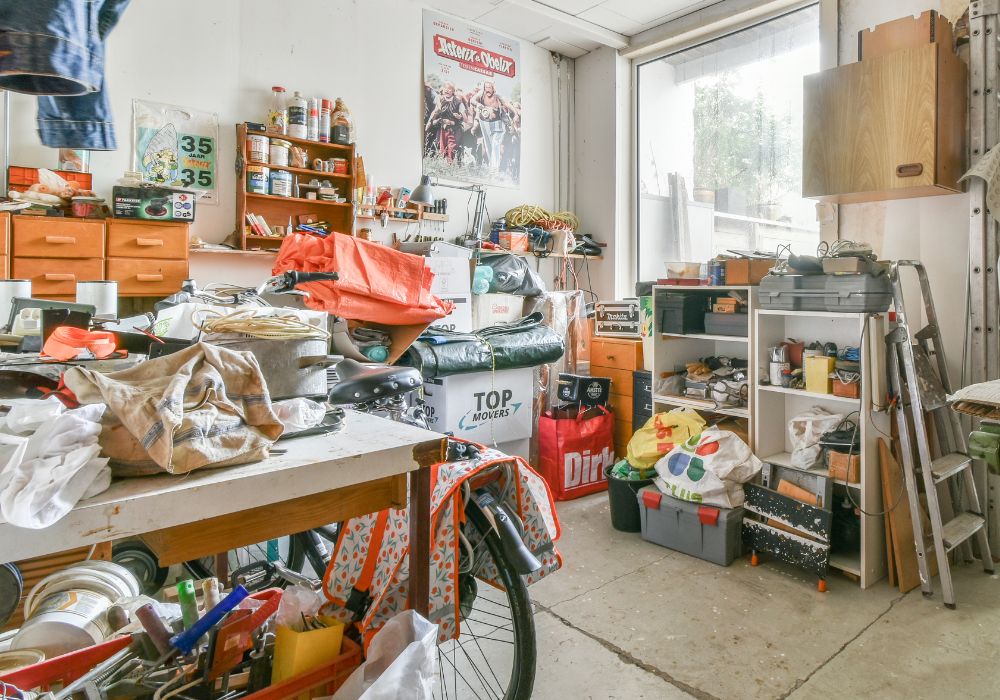
Over Personalisation & Trend-Chasing
Your home is a reflection of your taste and style, but when it comes to preserving property value through interior design, it's crucial to strike a balance between personalisation and broad appeal.One of the common pitfalls homeowners face is over-personalisation, where the design becomes so personalised that it limits the potential pool of buyers. This doesn’t mean that you should completely remove all evidence of you living there and make your home completely sanitised.
It just means if you have any intensely personal touches like excessive family photographs, niche hobby collections or overt colour schemes that may not resonate with others, then it may be worth removing.
With similar trends, this can be risky as design trends may come and go. Whilst it may be tempting to do so, things can change quickly for example, be extremely popular one day and look dated the next.
Potential buyers may see trendy-looking rooms as additional work to rectify, which would come as an additional expense, affecting their perceived value of the home.
Three Key Tips for Achieving Timeless Appeal:
- Neutral Foundations: Start with neutral foundations for significant elements like walls and furniture. This provides a timeless backdrop that can easily adapt to different styles.
- Selective Personalisation: Instead of saturating the entire space with personal items, choose specific areas to showcase your personality. This allows buyers to envision their own style within the home.
- Classic Elements: Integrate classic design elements that have enduring appeal. Timeless pieces of furniture and decor can add sophistication without yielding to fleeting trends.
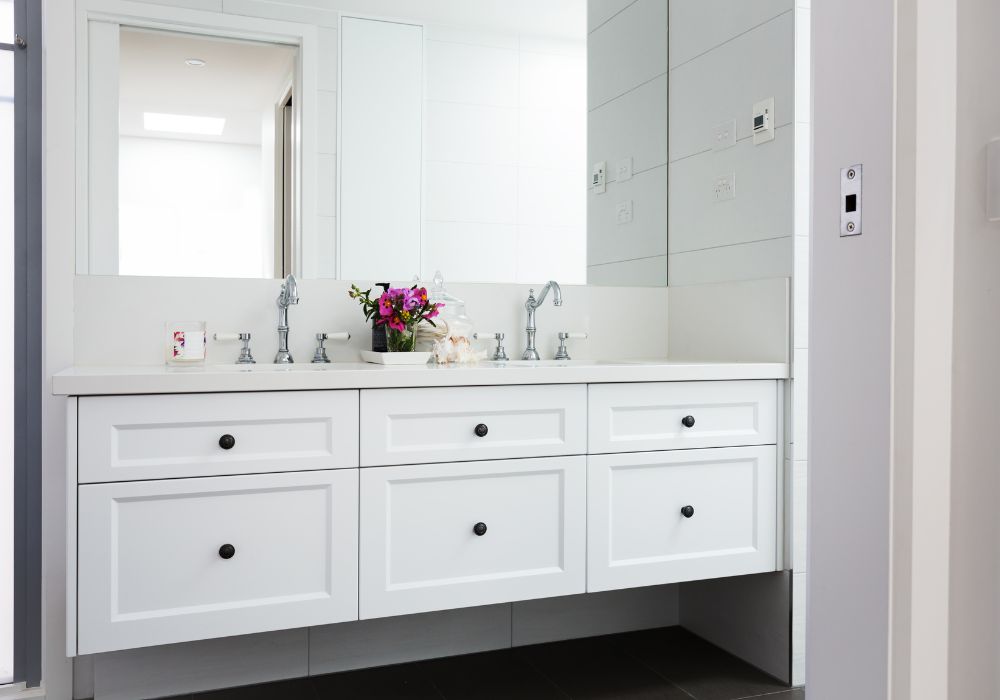
Neglecting Functionality for Style
In the pursuit of creating visually stunning interiors, it is easy to fall into the trap of neglecting functionality. A home that prioritises style over practicality can lead to frustration for its occupants and potentially decrease its overall value.Stylish furnishings and decor can undoubtedly elevate the visual appeal of a home. However, when these elements compromise the functionality of a space, the allure can quickly fade.
Imagine a beautifully laid-out living room with uncomfortable furniture, impractical layouts, or insufficient storage. While on the surface it may look impressive, the lack of functionality can make daily living frustrating.
A well-designed home seamlessly integrates style and functionality. It's not an either-or scenario but a delicate balance that ensures each room serves its purpose while still being aesthetically pleasing.
Homebuyers, especially those with families or specific lifestyle needs, prioritise spaces that are not only visually appealing but also practical and adaptable to their daily routines.
Four Tips to Avoid Functionality Pitfalls
- Space Planning: Prioritise efficient space planning that allows for comfortable movement and usability. Avoid overcrowding rooms with too much furniture or decor.
- Comfortable Furnishings: Invest in furniture that not only looks good but is also comfortable and functional. Balance style with ergonomics to create inviting and comfortable spaces.
- Storage Solutions: Adequate storage is key to maintaining a clutter-free environment. Choose furniture that doubles as storage and consider built-in solutions to maximise space.
- Traffic Flow: Arrange furniture to facilitate smooth traffic flow through rooms. Ensure that pathways are clear and unobstructed, promoting both safety and convenience.
Ignoring Lighting and Ventilation
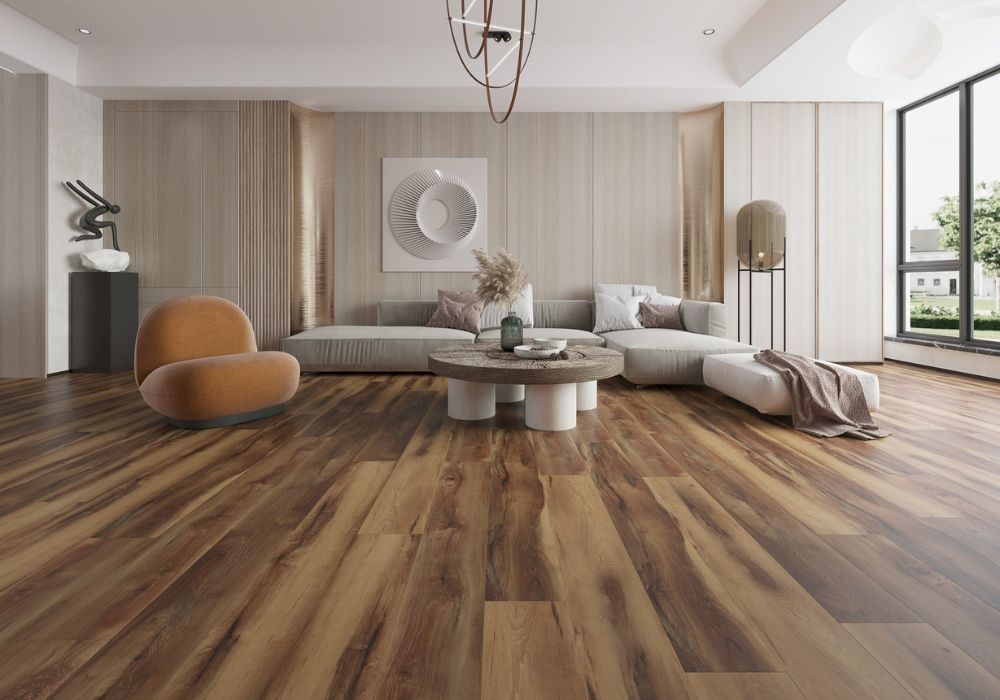
Often underestimated, yet still crucial elements of design, lighting and ventilation. Overlooking these aspects can not only diminish the comfort of your living spaces but also have a significant impact on the perceived value of your home. Let's shed light on why proper lighting and ventilation should never be ignored in your design considerations. Lighting is a powerful tool that can transform the ambiance of a room.
Insufficient or poorly planned lighting can make spaces feel cramped, dull, or unwelcoming. On the flip side, thoughtful lighting design enhances the aesthetic appeal and functionality of a home.
Three common lighting pitfalls:
- Insufficient Natural Light: Neglecting to maximise natural light can make spaces feel smaller and less inviting. Consider ways to amplify natural light, such as using sheer curtains or strategically placing mirrors to reflect light.
- Over-Reliance on Harsh Lighting: Harsh, overly bright lighting can create a stark and uncomfortable atmosphere. Opt for a mix of ambient, task, and accent lighting to create layers and evoke a balanced, cosy feel.
- Ignoring Room-Specific Needs: Different rooms have varying lighting requirements. For instance, kitchens benefit from bright task lighting, while bedrooms may benefit from softer, more subdued lighting.
Proper airflow not only enhances comfort but also contributes to the longevity of your property.
Three Common Ventilation Pitfalls:
- Inadequate Ventilation in Bathrooms and Kitchens: These areas are prone to moisture buildup. Install proper ventilation systems like exhaust fans to prevent issues such as mould and mildew.
- Blocking Natural Ventilation Paths: Ensure that windows and doors should not be obstructed, therefore allowing for natural cross-ventilation. This simple yet effective method can improve air circulation throughout the home.
- Ignoring Outdoor Spaces: Overlooking the connection between indoor and outdoor spaces can impact ventilation. Consider incorporating features like windows that open to outdoor areas or using landscaping to promote airflow.
Lack of Cohesion Throughout the Home
A common design pitfall that can impact the overall harmony and appeal of your home is the lack of cohesion from room to room. When each space feels disjointed, it diminishes the flow and can leave occupants and potential buyers feeling disconnected.A home without a cohesive design can create a sense of chaos and visual clutter. It may feel like a collection of individual rooms rather than a unified living environment. This lack of continuity can make it challenging for prospective buyers to envision the home as a cohesive and harmonious living space.
Common causes of cluttered design include mismatched and abrupt styles as you go from room to room, inconsistent colour schemes throughout different areas of the house and neglecting these transition spaces, which can often be overlooked.
Cohesion is about creating a sense of continuity and unity throughout your home. When each room complements the next, it fosters a seamless transition from one space to another, enhancing the overall living experience.
Three Key Tips for Creating a Cohesive Flow From Room to Room
- Consistent Colour Palette: Choose a cohesive colour palette that spans across different rooms. This doesn't mean every room has to be identical, but there should be a unifying element, whether it's a common colour or complementary shades.
- Transitional Elements: Incorporate transitional elements that guide the eye from one space to another. This could be a consistent flooring material, a repeating design motif, or thoughtfully placed decor that visually connects adjacent areas.
- Furniture Placement: Pay attention to the furniture placement in relation to the overall layout. Ensure a logical flow that allows for easy movement between rooms. Consider open sightlines and avoid obstructing pathways.
Key Takeaways:
- Personalisation in your home reflects your taste and style, but balance is crucial for broad appeal, especially when selling.
- Overpersonalisation, such as excessive family photos or niche collections, can limit the pool of potential buyers.
- Trend-chasing in design may lead to a dated look, and buyers might see trendy elements as additional work and expense.
- Prioritise functionality alongside style to avoid frustration for occupants and potential devaluation of the property.
- Well-designed homes seamlessly integrate style and functionality, catering to both visual appeal and practical needs.
- Proper lighting and ventilation are often overlooked but significantly impact comfort and perceived home value.
- Insufficient or poorly planned lighting can make spaces feel cramped, dull, or unwelcoming.
- Proper ventilation is crucial for a healthy living environment and contributes to the longevity of your property.
- Lack of cohesion throughout the home can impact overall harmony and appeal.
- Cohesion is about creating continuity and unity throughout your home for a seamless living experience.
Our team of experienced and knowledgeable agents are always on hand to help with any of your questions regarding any part of the house selling and buying process – to find out more get in touch with us today.


